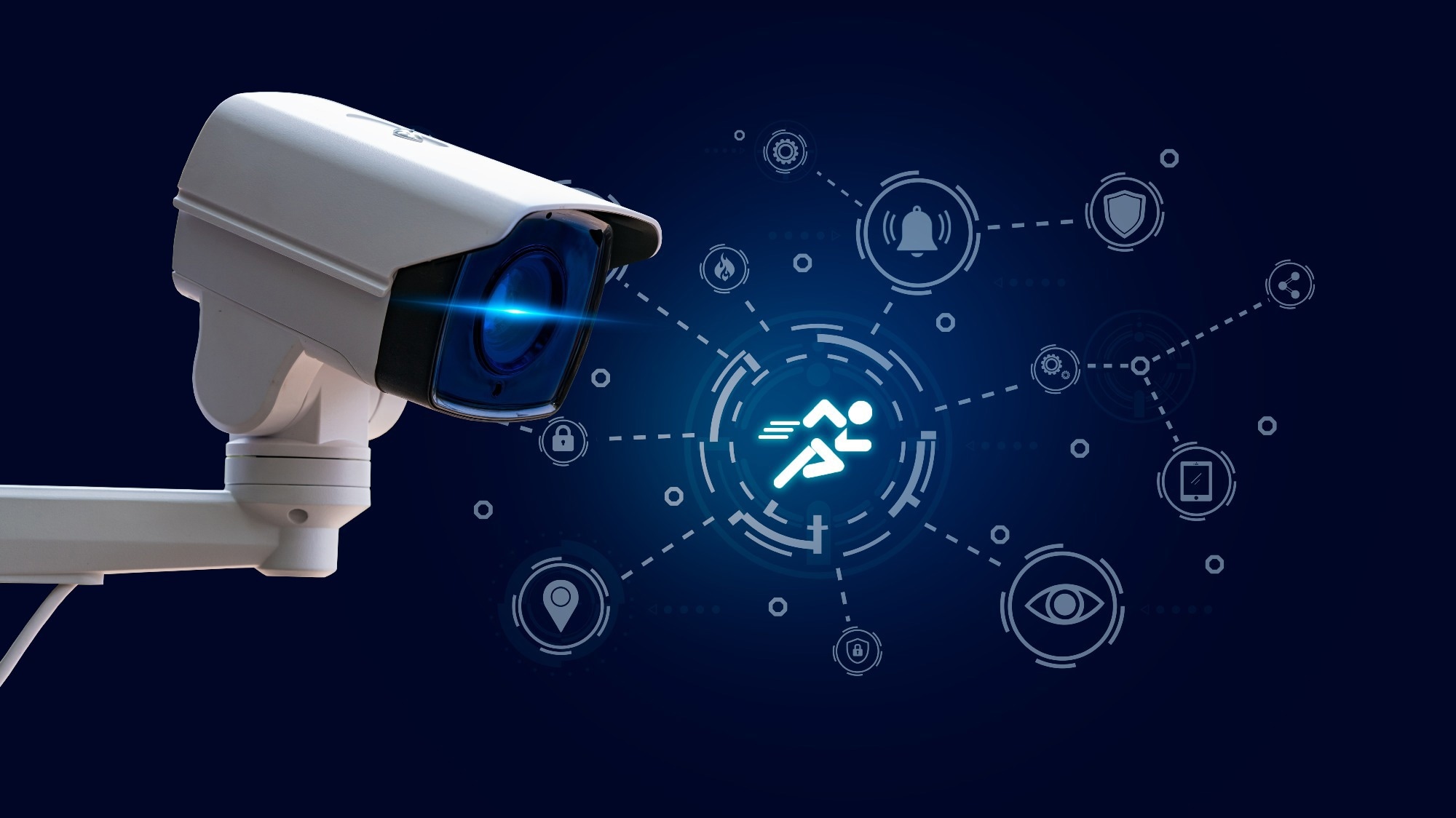Security sensors constitute an expanding field in the realm of science and technology, enhancing protection for individuals and equipment in work settings.
These advanced devices get installed to identify and oversee potential threats, including fire outbreaks, gas leaks, unauthorized entry, and more. This article delves into the functionality of security sensors across various applications.
What is a Security Sensor?
A security sensor represents an electronic device crafted to alert a security system upon detecting specific occurrences, like gas presence, motion, or alterations in temperature. These sensors serve as the primary defense against hazards, enabling prompt actions to mitigate further risks.
Owing to their exceptional capabilities, security sensors find widespread application in home and workplace security, gas analysis, fire prevention, and industrial processes.

Image Credit: APChanel/Shutterstock.com
How do Specific Security Sensors Work?
As mentioned, security sensors cater to diverse applications, encompassing gas analysis, fire detection, and contactless measurements. An overview of sensor operation within these contexts is provided below.
Gas Analysis
Gas sensors serve to detect the existence of gases in the surrounding air, extensively utilized in medical and life sciences. Various gas sensor types exist, including fiber optic, infrared (IR), optical, and gas sensor arrays. Nevertheless, IR gas detection systems hold favor due to their heightened precision and sensitivity.
These sensors monitor air quality, as well as the presence and concentration of gases, vapors, and volatile organic compounds (VOCs), which may pose hazards in environmental monitoring, food production, and the oil and gas and transportation industries.
Fire Detection
Gas sensors can also serve as an early warning system for fire outbreaks, detecting combustible gases or flames.
Smoke detectors and heat detectors offer choices for fire detection. The divergence lies in smoke detectors using photoelectric or ionization technology to identify smoke particles in the air, whereas heat detectors detect temperature fluctuations.
Non-Contact Temperature Measurement
Infrared sensors find application in non-contact temperature measurement across various industries, such as food processing, oil and gas, and manufacturing. These sensors discern infrared radiation emitted by objects and transform it into an electrical signal, subsequently employed to compute the object's temperature.
This method ensures precise temperature measurements occur without physical contact, preserving the object's integrity.
Dexter Research Center and Sensor Solutions
Dexter Research Center takes pride in its role as a leading company specializing in infrared sensing and detection management solutions. Leveraging extensive knowledge and experience, it offers superior sensitivity, unparalleled signal-to-noise ratios, and dependable form factors compliant with MIL-Spec standards.
The Temperature Sensing Module, providing medical-grade precision, stands as the top choice for non-contact temperature sensing.
With an extensive range of more than 30 core thermopile products, surpassing the combined offerings of all global competitors, each detector undergoes rigorous 100% testing to ensure industry-leading quality. Dexter Research offers a broad selection of over 1,000 thermopile configurations to its customers.
Dexter Research is committed to continuous improvement to ensure mission-critical sensing requirements are met with competitive marketing and pricing strategies for decades to come.

This information has been sourced, reviewed and adapted from materials provided by Dexter Research Center, Inc.
For more information on this source, please visit Dexter Research Center, Inc.